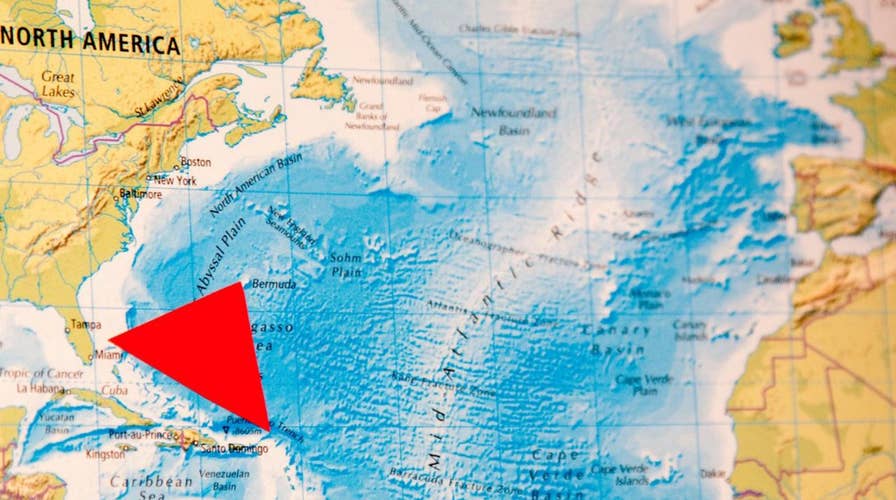Bermuda Triangle mystery 'solved'
British scientists believe 100ft 'rogue' waves could be the reason why so many boats have been sunk in the mysterious Bermuda Triangle. Rogue waves, which only last for a few minutes, have been known to measure 30 meters (nearly 100ft) high.
British scientists believe 100ft ‘rogue’ waves could be the reason why so many boats have been sunk in the mysterious Bermuda Triangle.
The infamous body of water in the western part of the North Atlantic Ocean stretches 700,000 square km (270,271 square miles) between Florida, Bermuda and Puerto-Rico.
Also known as the Devil’s Triangle, the area features multiple shipping lanes and has claimed over 1,000 lives in the last 100 years.
But experts at the University of Southampton believe the mystery can be explained by a natural phenomenon known as “rogue waves.”
Appearing on Channel 5 documentary “The Bermuda Triangle Enigma,” the scientists use indoor simulators to re-create the monster water surges.
SECRETS OF THE BERMUDA TRIANGLE
Rogue waves – which only last for a few minutes - were first observed by satellites in 1997 off the coast of South Africa.
Some have even measured 30 meters (nearly 100ft) high.
The research team built a model of the USS Cyclops, a huge vessel which went missing in the triangle in 1918 claiming 300 lives.
And because of its sheer size and flat base, it does not take long before the model is overcome with water during the simulation.
Dr. Simon Boxall, an ocean and earth scientist, says that infamous area in the Atlantic can see three massive storms coming together from different directions – the perfect conditions for a rogue wave.
MORE THAN 100 YEARS LATER, THE 'GREAT MYSTERY' OF THE VANISHED USS CYCLOPS REMAINS UNSOLVED
Boxall believes such a surge in water could snap a boat, such as the Cyclops, in TWO.
He said: “There are storms to the south and north, which come together.
“And if there are additional ones from Florida, it can be a potentially deadly formation of rogue waves.
“They are steep, they are high – we’ve measured waves in excess of 30 metres.
This story originally appeared in The Sun.





















